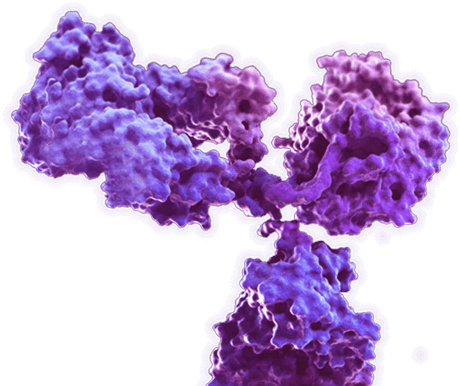Mouse Anti-ATPC Antibody (MO-AB-31078H)
Cat: MO-AB-31078H
Certificate of Analysis Lookup
To download a Certificate of Analysis, please enter a lot number in the search box below. Note: Certificate of Analysis not available for kit components.
Lot Number
To download a Certificate of Analysis, please enter a lot number in the search box below. Note: Certificate of Analysis not available for kit components.
Lot Number
- Product List
- Specifications
- Application Information
- Target
Specifications
| Host species | Mouse (Mus musculus) |
| Species Reactivity | Soybean (Glycine max), A. thaliana (Arabidopsis thaliana), A. thaliana (Arabidopsis thaliana); C. reinhardtii (Chlamydomonas reinhardtii); C. sorokiniana (Chlorella sorokiniana); C. vulgaris (Chlorella vulgaris); E. crus-galli (Echinochloa crus-galli); P. patens (Phycomitrella patens); P. sativum (Pisum sativum); Maize (Zea mays) |
| Clone | MO31078C |
| Specificity | This antibody binds to Soybean ATPC. |
| Format | Liquid or Lyophilized |
| Storage | Store at 4°C: short-term (1-2weeks) Store at -20°C: long-term and future use |
| Purity | > 90% was determined by SDS-PAGE |
| Purification | Purified with Protein A or G affinity chromatography |
Application Information
| Application | WB, ELISA |
| Application Notes | ELISA: 1:1000-1:3000 Other applications are to be developed. The optimal dilution should be determined by the end user. |
Target
| Introduction | Mitochondrial membrane ATP synthase (FF ATP synthase or Complex V) produces ATP from ADP in the presence of a proton gradient across the membrane which is generated by electron transport complexes of the respiratory chain. F-type ATPases consist of two structural domains, F - containing the extramembraneous catalytic core, and F - containing the membrane proton channel, linked together by a central stalk and a peripheral stalk. During catalysis, ATP synthesis in the catalytic domain of F is coupled via a rotary mechanism of the central stalk subunits to proton translocation. Part of the complex F domain and the central stalk which is part of the complex rotary element. The gamma subunit protrudes into the catalytic domain formed of alphabeta. Rotation of the central stalk against the surrounding alphabeta subunits leads to hydrolysis of ATP in three separate catalytic sites on the beta subunits. (From uniprot, under CC BY 4.0) |
| Product Overview | This product is a mouse antibody against ATPC. It can be used for ATPC detection in Western Blot, Enzyme-Linked Immunosorbent Assay. |
| Alternative Names | Chloroplastic ATP synthase gamma subunit; ATPC |
| UniProt ID | A2TDD4 |
| Protein Refseq | The length of the protein is 65 amino acids long. The sequence is show below: SLFVSEEVDKVELLYTKFVSLVKSDPVIHTLLPLSPKGEICDVNGVCVDAAEDEFFRLTTKEGKL. |
See other products for " ATPC "
| MOFAB-291W | Rabbit Anti-ATPC Antibody (MOFAB-291W) |
| CBMOAB-24873FYC | Mouse Anti-ATPC Antibody (CBMOAB-24873FYC) |
| CBMOAB-0214YC | Mouse Anti-atpC Antibody (CBMOAB-0214YC) |
For Research Use Only | Not For Clinical Use.
Online Inquiry

